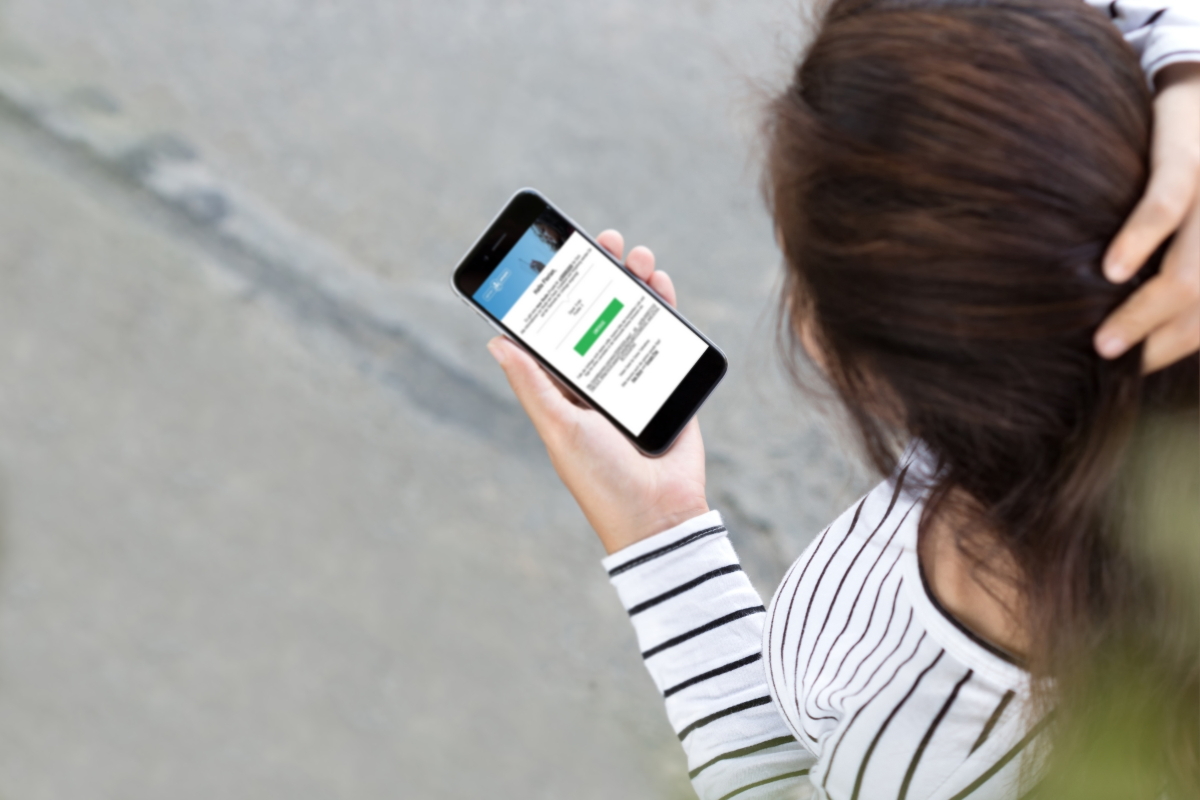MOBILE
During the last years, we’ve seen a rapid increase of mobile respondents in our surveys. In some countries, they even have become the majority already. Our questionnaire design allows all participants to provide thorough and authentic feedback without being obstructed by poor usability. In this section, we’d like to present some highlights from our toolset.

Sampling
Already before designing the actual survey, we put an eye on mobile users to get them equally represented in your sample. As we don`t know which device they use to read the invitations, our emails are designed to work on every device. In addition to our responsive emails, we allow mobile users to download our survey app and recive push notifications when new surveys are available.
Device-Agnostic Design
The reduced screen size of mobile devices can pose a challenge in survey design, especially for tasks with extensive question texts or long item lists. In general, scrolling should be avoided (esp. horizontally), and all response options shold be visible at once. Our surveys are equipped with a device-independent and user-friendly interface for the respondents.
Swipe Functionality
The usability of some question types is different for respondents with touchscreens. Typing or text-marking can fell more difficult, while hovering can become completly impossible. In contrast, swiping and scrolling may feel more natural on touchscreens. We aim to make our question types usable for all respondents.
Geolocation Data
Mobile phones are equipped with a lot of sensors that allow researchers to gather additional insights about the context of the respondents. The camera allows respondents to capture and share relevant images and videos, while GPS data can enhance mobility or mystery shopping projects.